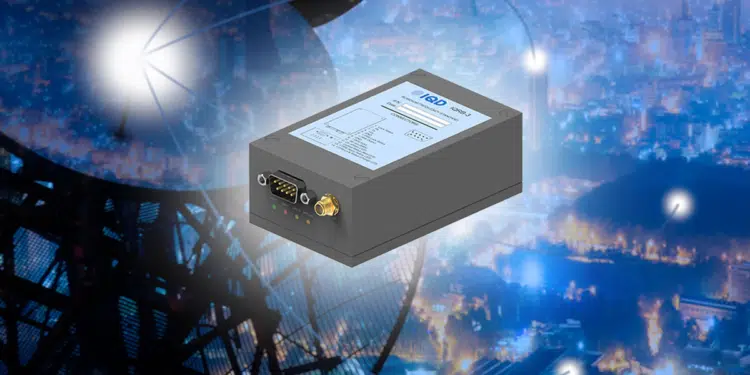IQD Frequency Products, a subsidiary of the Würth Elektronik eiSos Group, is currently focusing its engineering expertise on providing best-in-class rubidium atomic clock oscillators. Following the recent releases of new products in this portfolio, the ICPT-1 and the IQRB-4, and an extensive update on the IQRB-1, IQD is now able to share new data on the IQRB-3.
The IQRB-3 can be synchronised to a 1 PPS signal as well as used as a 1 PPS source. Additionally, it offers superb phase noise performance with a close in phase noise typically at -110 dBc/Hz @ 1 Hz and a noise floor as low as -158 dBc/Hz. Furthermore, it combines tight tolerance and ±0.3 ppb temperature stability (-20 to 60 °C) with great short term and long term stability. This makes the IQRB-3 the ideal fit for timing applications that require a very precise frequency.
As with all our high-end products, we recognize that measurements given on the datasheet are specific to the test setup and environment, that’s why we have compiled a handbook documenting the precise details for each line on the datasheet. If these don’t match your environment, we are happy to adapt and repeat our measurements as per your requirements.
Further information on the IQRB-3 or IQD’s rubidium portfolio is available on the IQD website at www.iqdfrequencyproducts.com.































